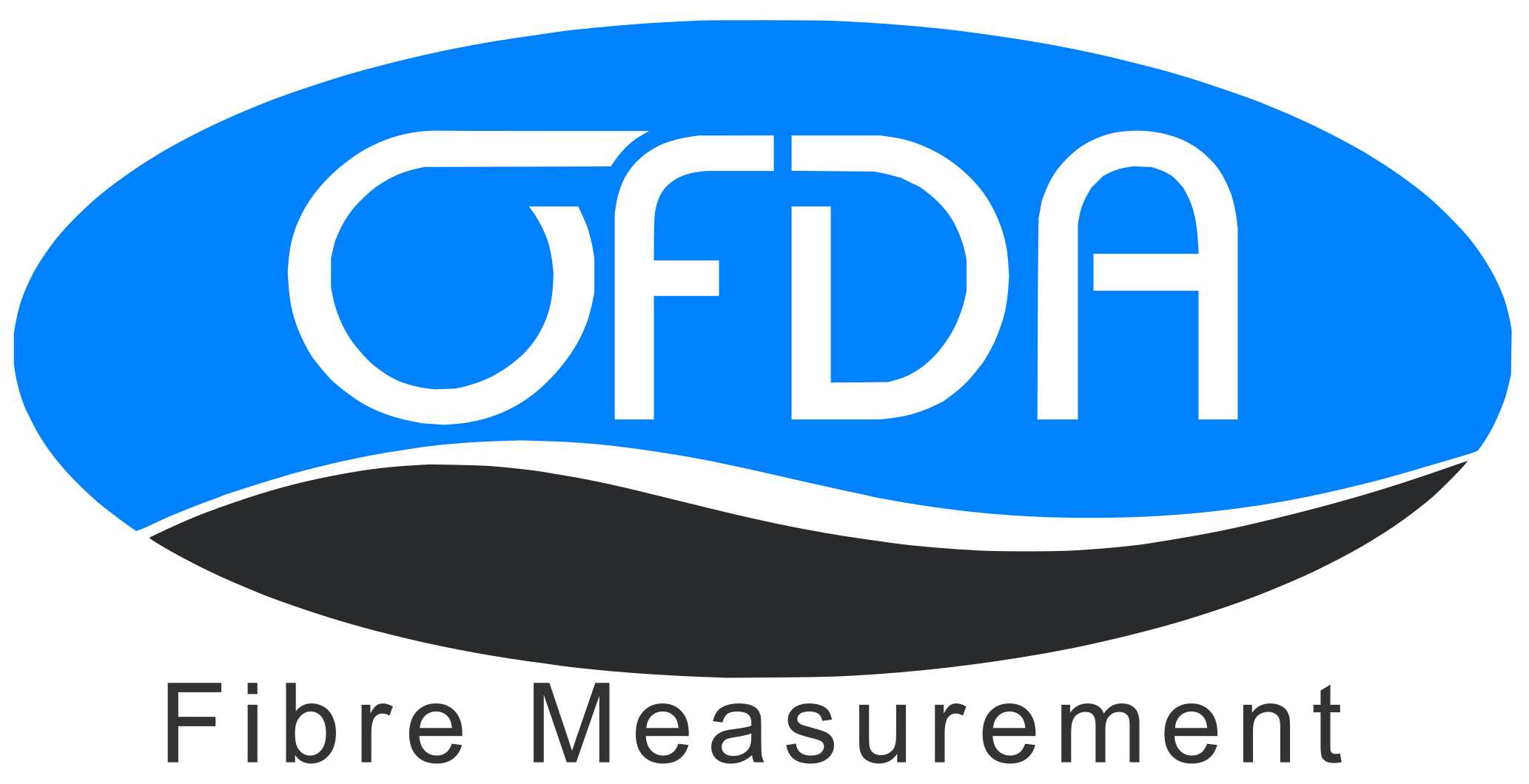Fibre Types Explained: A Guide to Fibre Measurement
- Thomas Hegerty
- May 30
- 4 min read
Updated: Sep 24
Fibre is at the heart of countless products we use every day – from the clothes we wear to the carpets we walk on. For industries like textiles, agriculture, and manufacturing, understanding the different types of fibre and their specific characteristics is essential for ensuring quality, performance, and profitability.
In this blog, we’ll explore the main types of fibre, what makes them unique, and how fibre measurement tools like the OFDA play a vital role in modern industry.
What Is Fibre?
Before diving into the various types of fibre, it’s important to understand what fibre actually is. In a materials context, fibres are thread-like structures with a high length-to-diameter ratio. They can be spun into yarn or used directly in manufacturing processes to produce fabrics, ropes, insulation, and more.
Fibres are broadly classified into natural and synthetic categories, with further subdivisions based on their origin and composition.
Natural vs Synthetic: The Two Main Types of Fibre
Let’s begin with the two overarching categories of fibre:
Natural Fibres
Natural fibres are derived from plants, animals, or minerals. These are biodegradable, renewable, and have been used by humans for centuries. Natural fibres can be further divided into:
Animal-Based Fibres: These include wool, alpaca, cashmere, and silk. Wool is particularly significant in Australian agriculture, with Merino wool being prized for its softness and fine diameter.
Plant-Based Fibres: Examples include cotton, linen (from flax), hemp, and jute. These fibres are composed mainly of cellulose and are commonly used in clothing and household textiles.
Mineral-Based Fibres: Less common, but asbestos is an example of a naturally occurring mineral fibre once used for insulation.
Synthetic Fibres
These are man-made fibres produced from petrochemicals or other synthetic substances. They are designed to have specific properties like durability, elasticity, or resistance to water. Examples include:
Polyester
Nylon
Acrylic
Spandex
Synthetic fibres are widely used due to their affordability and versatility, though they pose environmental concerns due to their non-biodegradable nature.
Exploring the Main Types of Fibre in Detail
Let’s look closer at some of the most common and industrially significant types of fibre:
Wool: Australia is a world leader in wool production, particularly Merino wool. Wool fibres are judged based on diameter, crimp, length, and strength. Fine wool is ideal for clothing, while coarser wool may be used for carpets or insulation.
Cotton: A staple natural fibre, cotton is valued for its breathability and softness. It’s commonly used in apparel and home textiles. Fibre length and strength are key quality indicators.
Silk: A luxurious animal-based fibre, silk is known for its sheen and smooth texture. It’s harvested from silkworms and is often used in high-end fashion and home décor.
Polyester: One of the most common synthetic fibres, polyester is strong, wrinkle-resistant, and easy to care for. It’s often blended with natural fibres to balance comfort and durability.
Nylon: Initially developed as an alternative to silk, nylon is now widely used in activewear, outdoor gear, and industrial applications due to its strength and elasticity.
Hemp: Hemp is a sustainable plant-based fibre growing in popularity for its eco-friendly qualities. It’s used in clothing, paper, bioplastics, and even construction.
Why Fibre Measurement Matters
In any fibre-dependent industry, understanding the types of fibre you’re working with isn’t enough — you also need to measure and quantify their properties to ensure consistent quality. This is where fibre diameter analysis becomes essential.
Key fibre attributes that affect quality include:
Diameter (Fineness): Smaller diameters generally result in softer, more luxurious products.
Length: Longer fibres are usually stronger and more durable.
Crimp: The waviness of a fibre; important in wool for elasticity and insulation.
Strength: Essential for durability during processing and use.
Uniformity: Consistency in fibre properties ensures reliable end-product quality.
The Role of OFDA Technology
The Optical-based Fibre Diameter Analyser (OFDA) by Robotic Vision is a leading-edge solution for fibre measurement. It uses advanced optics and software to measure fibre samples quickly, accurately, and non-destructively.
Benefits of using OFDA include:
High-speed measurement of thousands of fibres per minute
Accurate diameter distribution analysis
Real-time data for better decision-making
Portable models for use in the field or on-site
Whether you're a wool producer aiming to meet global export standards or a textile manufacturer seeking precision, OFDA offers an unmatched advantage in fibre analysis.
How Different Industries Use Types of Fibre
Agriculture
Wool growers use fibre diameter analysis to classify wool, price it accordingly, and breed sheep for improved fleece characteristics.
Fashion & Textiles
Designers and manufacturers choose fibre types based on desired fabric properties. Accurate measurement ensures quality and consistency in final garments.
Home Furnishings
Fibre types and properties influence comfort, durability, and appearance in products like carpets, curtains, and upholstery.
Sustainable Fibre Choices: A Growing Priority
As environmental concerns rise, there's growing interest in sustainable fibre production. Renewable natural fibres like hemp and organic cotton are seeing increased demand, while synthetic fibre manufacturers are investing in recycling initiatives.
Measurement tools like the OFDA help ensure that sustainable fibres meet performance benchmarks and quality expectations, encouraging wider adoption.
Understanding the different types of fibre is essential for anyone working in fibre-reliant industries. Whether you're in agriculture, manufacturing, or research, fibre properties like diameter, length, and crimp affect everything from product quality to pricing.
Ready to Optimise Fibre Quality?
Discover how Robotic Vision's OFDA technology can transform the way you measure and work with all types of fibre. Whether you need in-lab precision or field-ready portability, we have the solution for you.
Contact us today to learn more or request a demo!





Comments